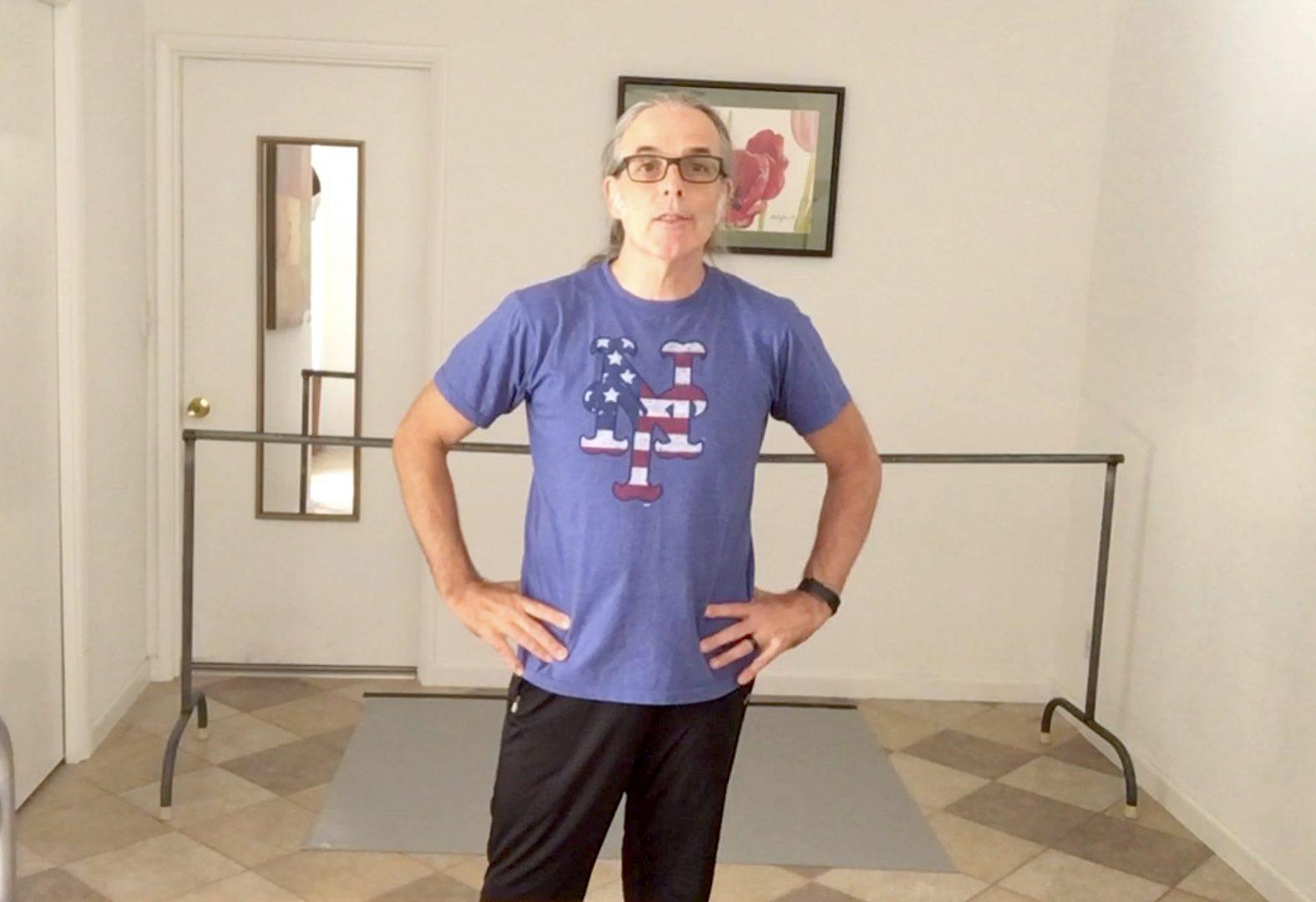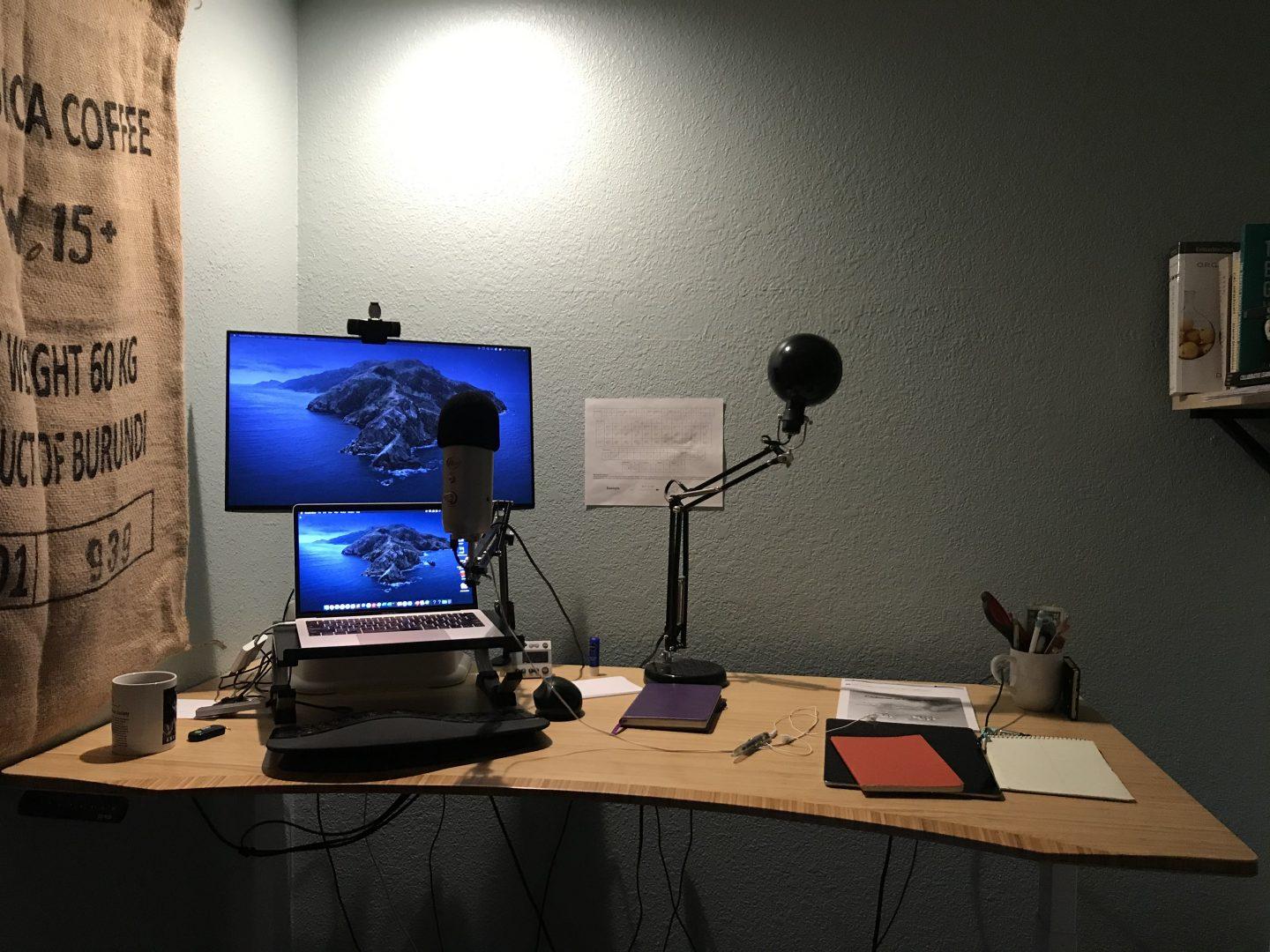Fresno State faculty faced immense challenges in the fall semester adjusting their courses to a virtual format.
Hubert Muchalski, assistant professor and lab coordinator in organic chemistry, said labs have been drastically impacted as a result of the switch to virtual learning.
“About half of the curriculum was essentially overhauled because I wasn’t a big fan of just giving students the data and pretending the experiment was completed,” Muchalski said.
Muchalski said a solution among chemistry professors in the spring semester was to give students the data, expect them to work on the data and do the analysis and interpretation.
The problem is it becomes repetitive, Muchalski said. Instead, chemistry professors gravitated toward virtual reality labs, where students could interact with the lab in a web browser on their computer or in an application on their cell phone.
According to Muchalski, virtual reality labs were created prior to the pandemic as a solution for students who could not attend labs due to conflicting schedules.
Kenneth Balint, a dance professor, said providing feedback on a student’s work while having online classes is challenging, since he needs to be aware of what each student is doing during dance-related activities.

“It’s extremely difficult in a Zoom meeting to be acutely aware of what each student is doing,” Balint said.
Balint also says there are significant differences between offering feedback in person and offering feedback during Zoom sessions.
“In person, it’s fairly easy to visually see what’s going on in the dancer’s body as far as alignment, flow of energy and dynamic qualities, … if there’s alignment issues or body placement issues, you can correct them,” Balint said.
“In a zoom setting, you’re basically looking at little 1-by-1-by-2 cubes,” Balint said. “So it’s very difficult to focus on more than one person at a time.”
Fresno State’s Center for Faculty Excellence (CFE) has been helping the university’s faculty and staff in the transition to online learning, as a result of virtual training sessions that took place over the summer.
These three-week training sessions covered topics such as how to engage students in a virtual environment and develop active learning strategies for students.
According to Fresno State, approximately 990 instructors signed up for technology classes through CFE over the summer to help enhance their virtual courses in the fall.
The faculty training came with a hefty price tag of $1.2 million, which was funded by the federal CARES Act. Faculty received $1,200 for completing the training, while teaching assistants received $400 for completing a modified version of the course.
There were three types of options available for faculty members to choose from; Foundations of Virtual Instruction (FVI), Quality Learning and Teaching (QLT) and the Virtual Summer Institute (VSI).
According to CFE Director Bryan Berrett, the FVI was geared for faculty who were new to Canvas, who haven’t used the learning management system previously and perhaps weren’t feeling as comfortable or confident in their experience in the learning management system.
This also helped faculty who were a little more advanced but really wanted to master the foundational pieces.
Other topics that were mentioned during the training include “low bandwidth options for assessments, assignments and best practices for online exams,” according to Berrett.
Sabrina Nii, clinic director for the communicative sciences and deaf studies department, discussed her experience with utilizing the CFE.
“I utilized [the CFE] multiple times with training for Canvas and for Zoom,” she said.
“They’ve answered numerous questions with regards to how to access certain programs that are available to us on campus and things that had been available to us I had never utilized before,” Nii said. “So, they [CFE] were absolutely integral in my learning and how to utilize the technology available to us.”
“I learned the technology that we have in our grasp and what’s available to us, it was absolutely the most valuable aspect of this process,” Nii said. “Some aspects I won’t use again when we go face-to-face, and some I will happily embrace forever because they’re great.”
For other faculty members, the online transitions were not as difficult.
Carey Higgins-Dobney, assistant professor of broadcast and multi-platform journalism, mentioned that a challenge of going virtual is figuring out how to get students the access to needed equipment, such as cameras, microphones and lighting equipment.
Higgins-Dobney allows students in her courses who have their own equipment to use the equipment that they have, even a cell phone, while also working to help students who do not have the necessary equipment.
Berrett said training were beneficial in the designing of the instructors’ courses, and the faculty members understood what challenges students feel when taking online classes.
“Well I learned how to be a student again and how life can put pressures on you,” Muchalski said. “Sometimes life gets in the way, and the current situation gets in the way almost every day. … [Professors] should be as flexible as they can to give students a sense of control and maybe one less thing to worry about.”
Correction: Sept. 8, 2020
An earlier version of this article stated that a solution among chemistry professors in the American Chemical Society was to give students the data, expect them to work on the data and do the analysis and interpretation. In actuality, it was chemistry professors, not the American Chemical Society.




